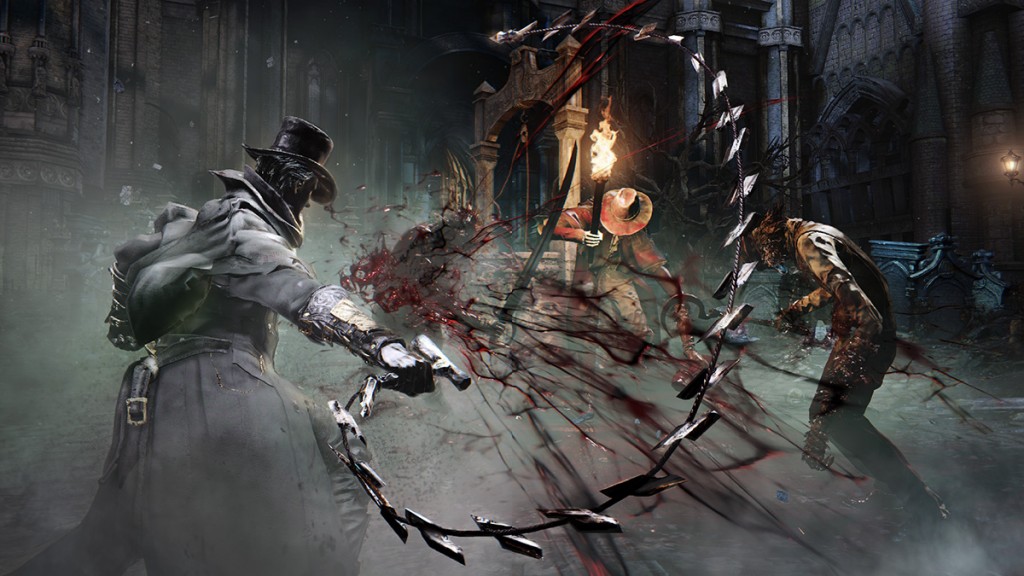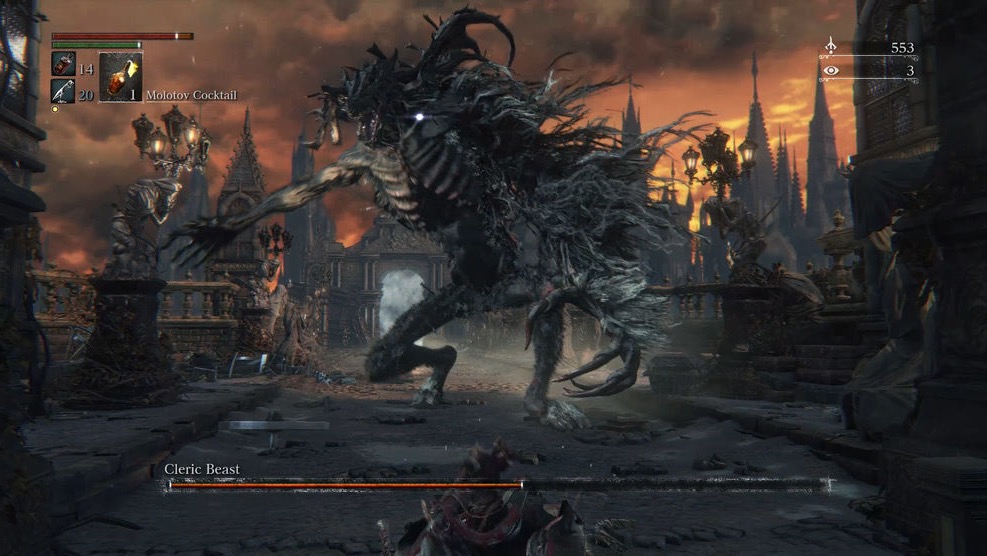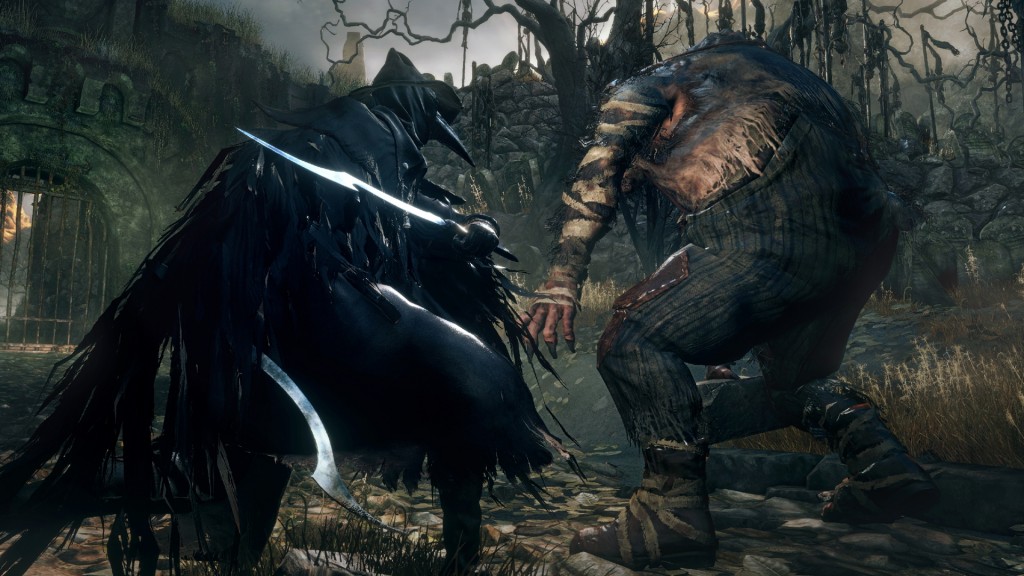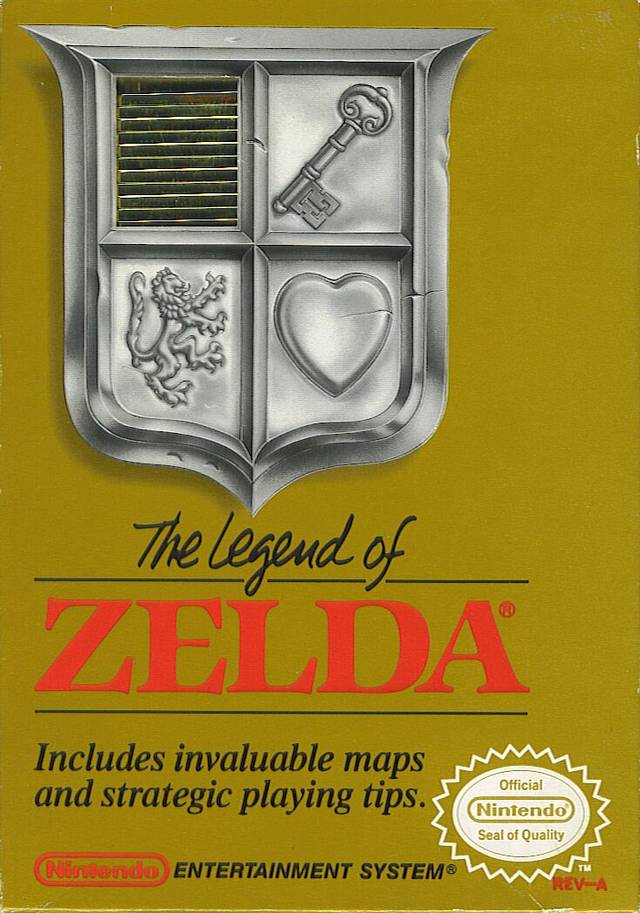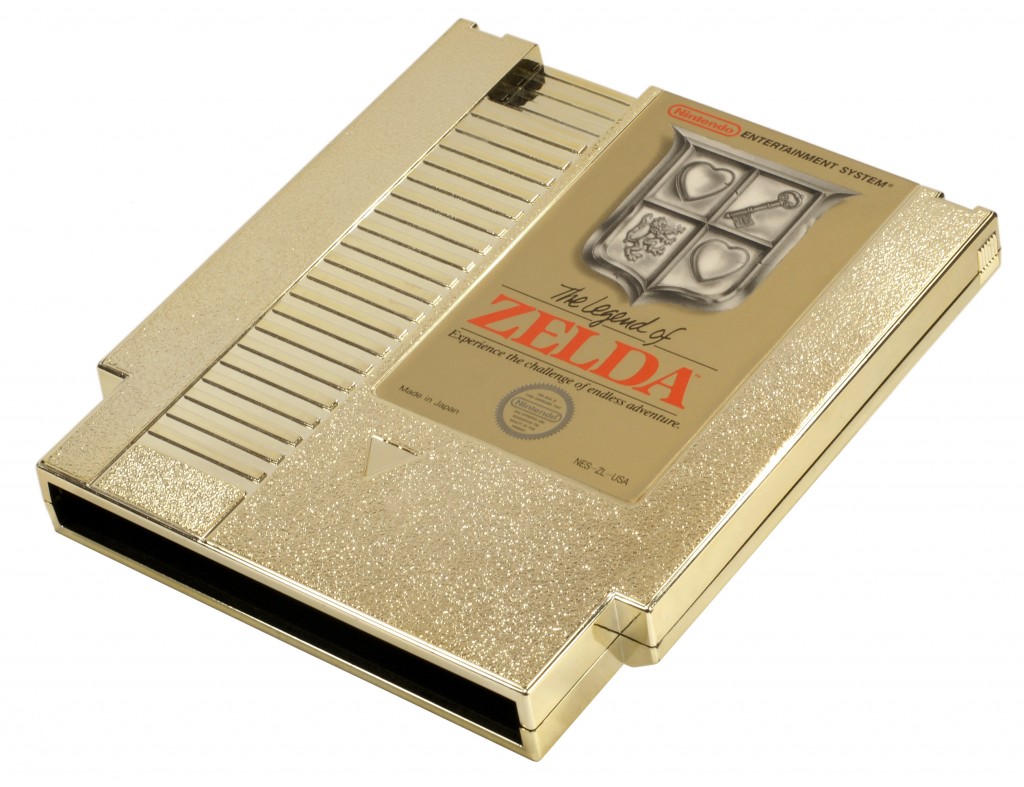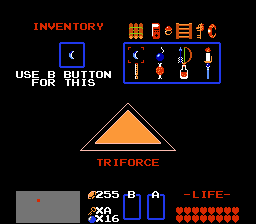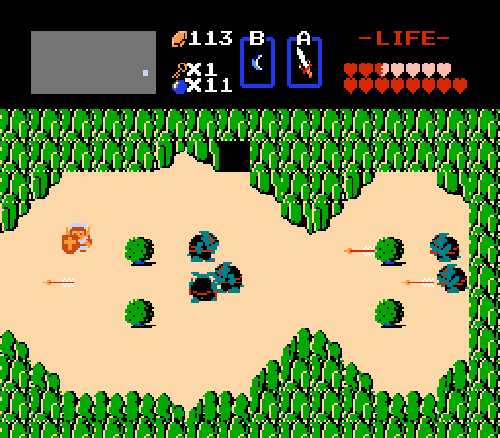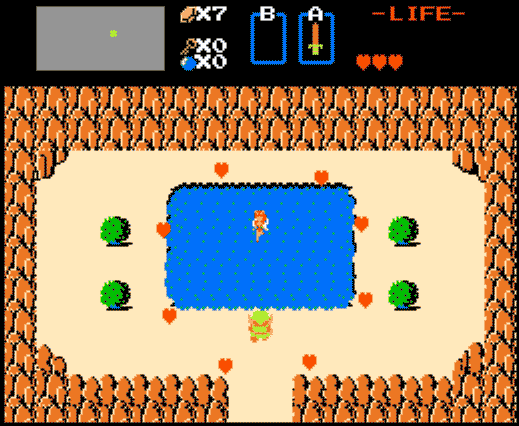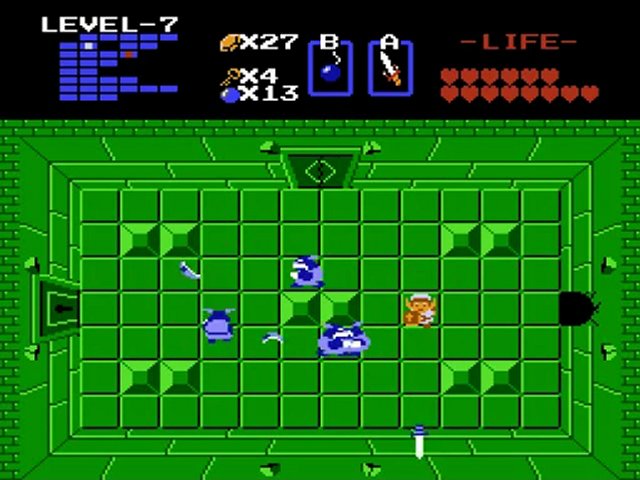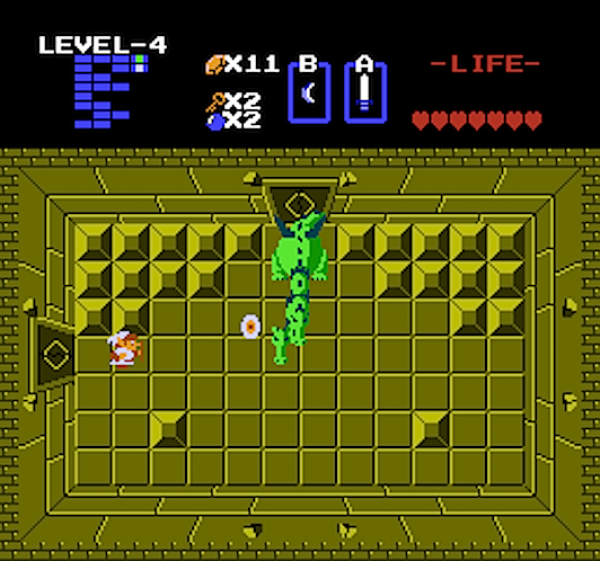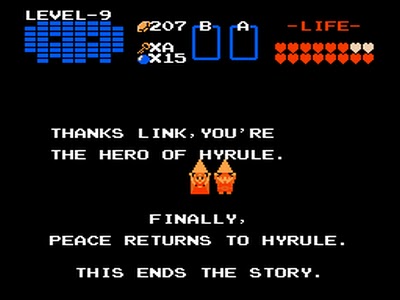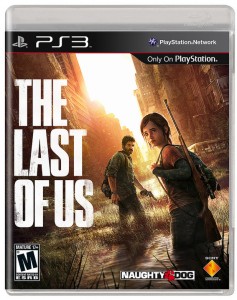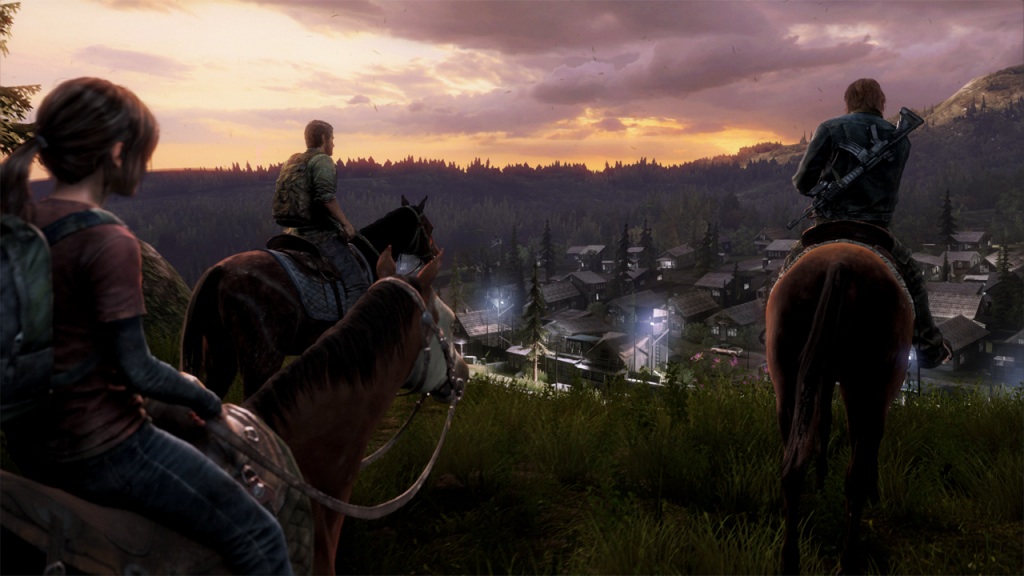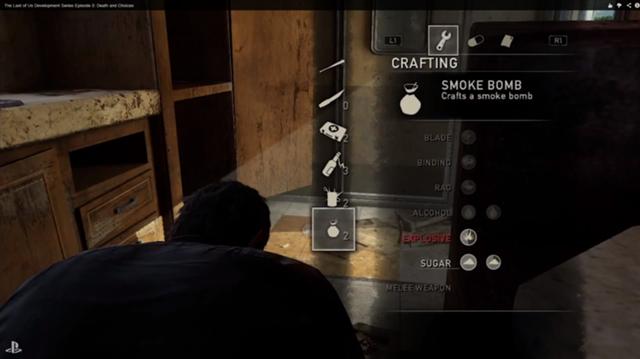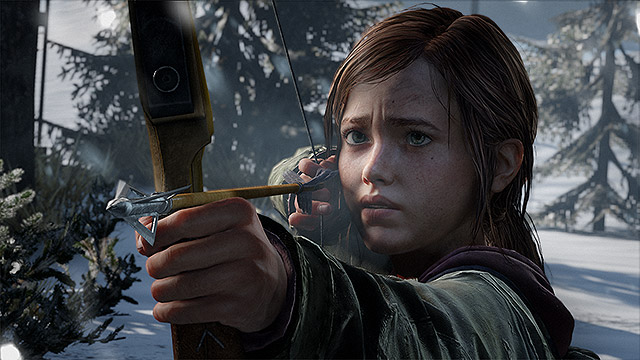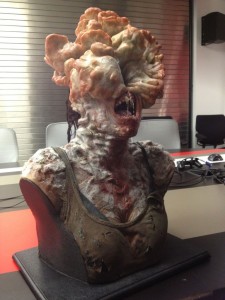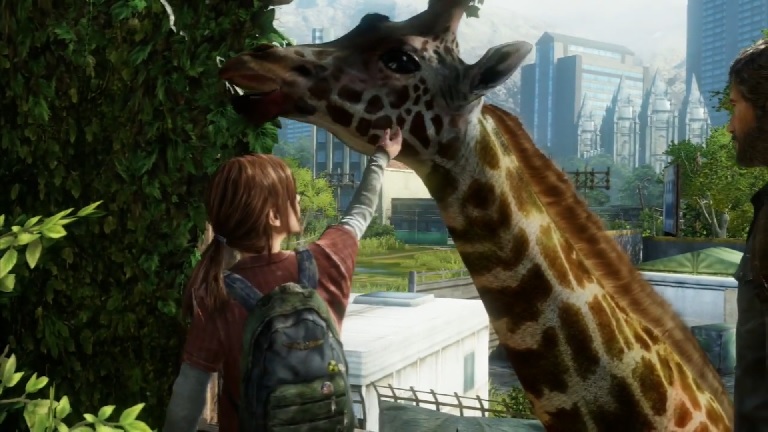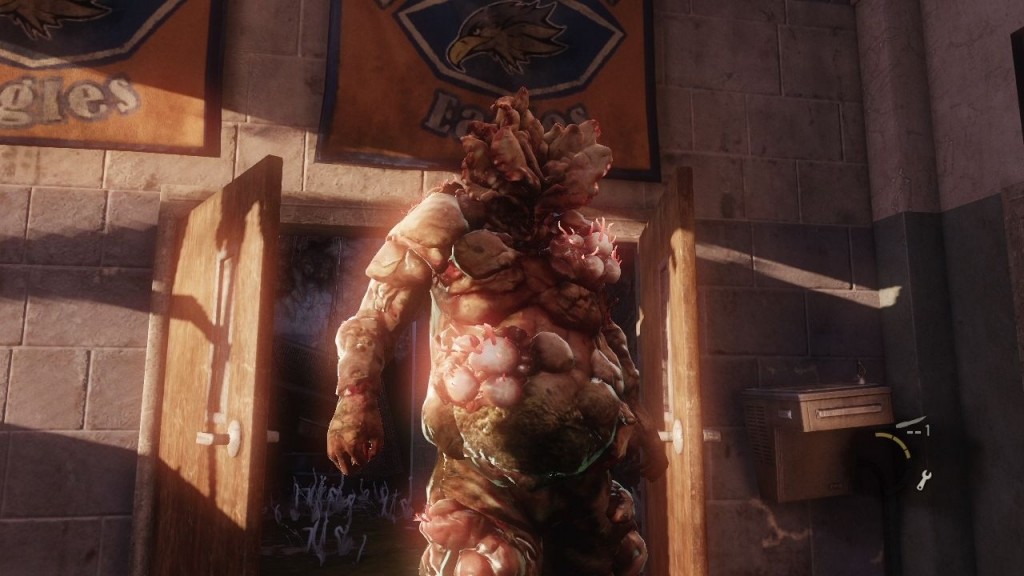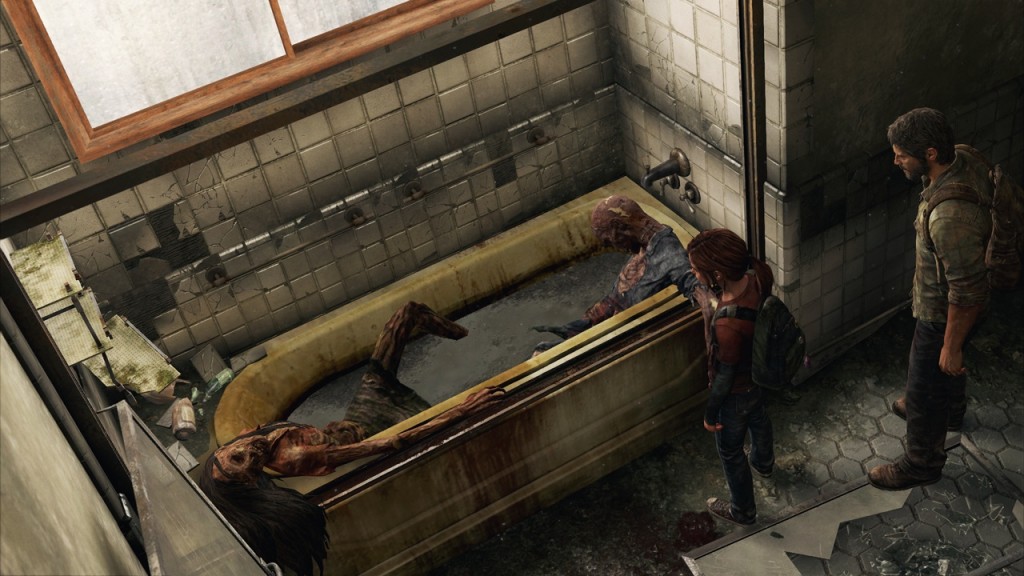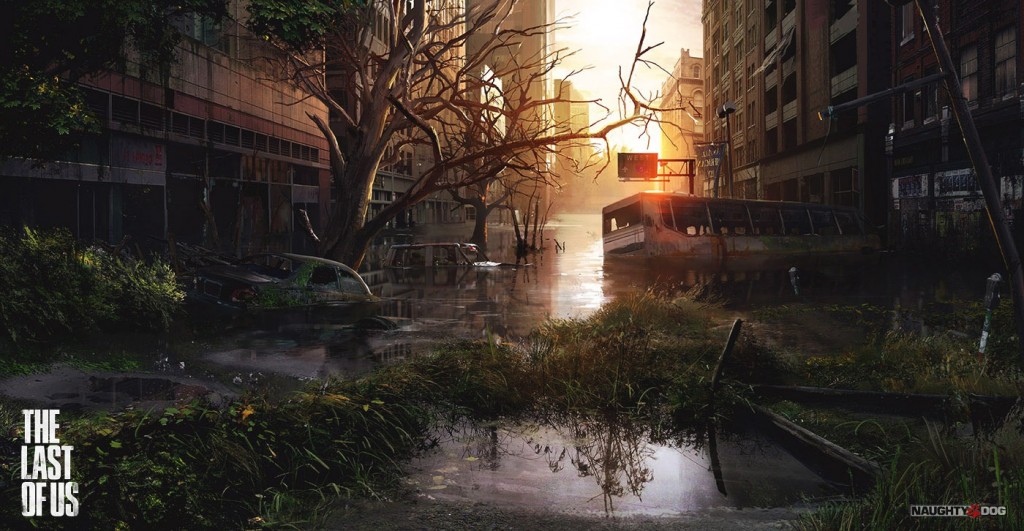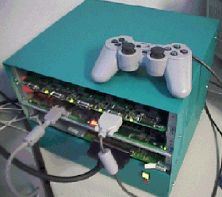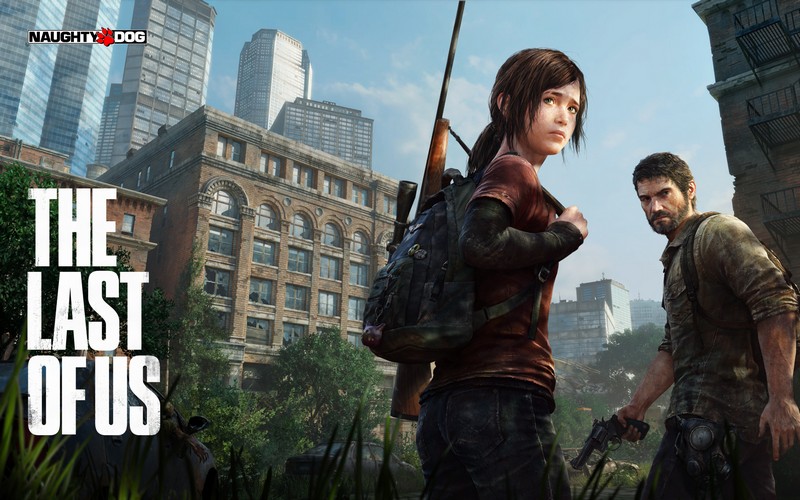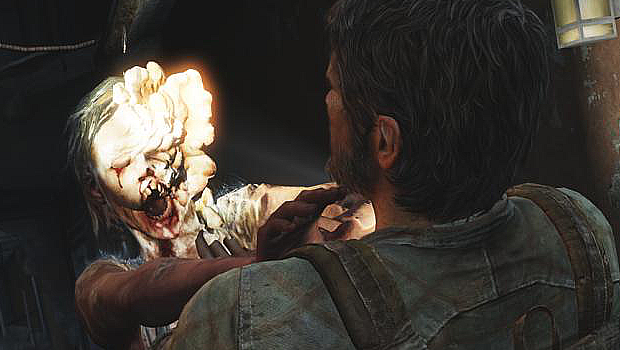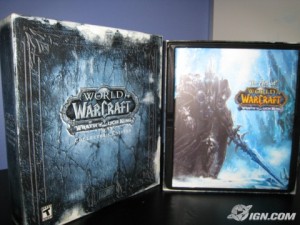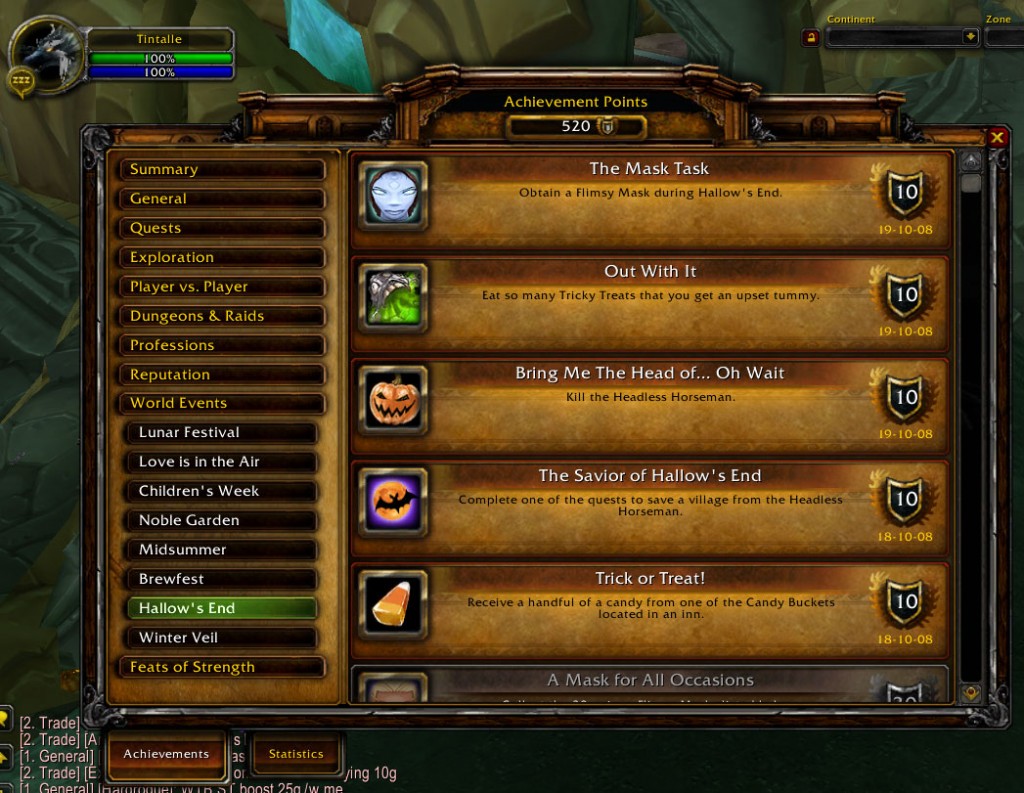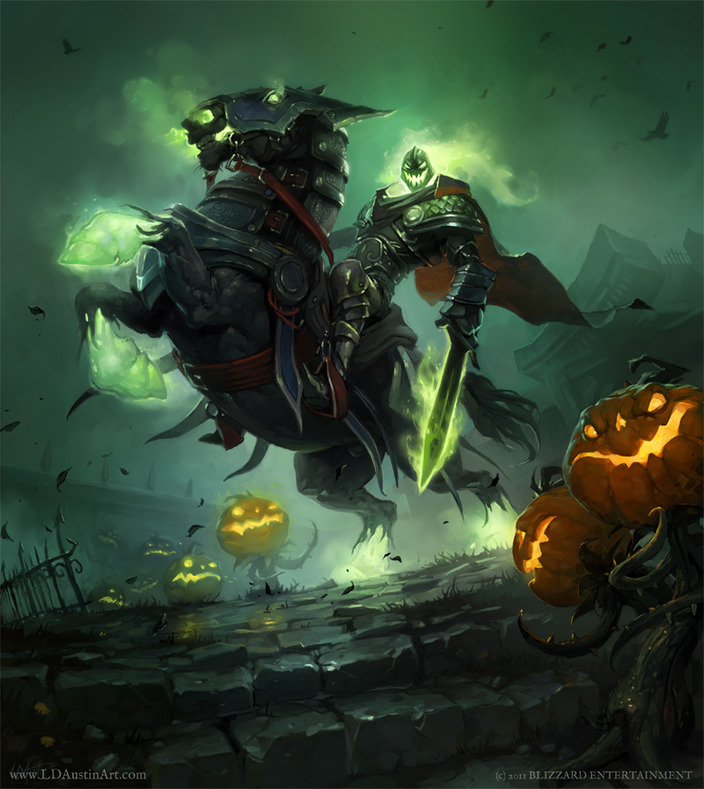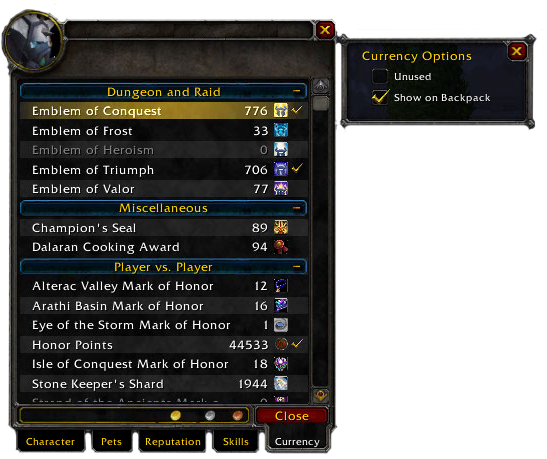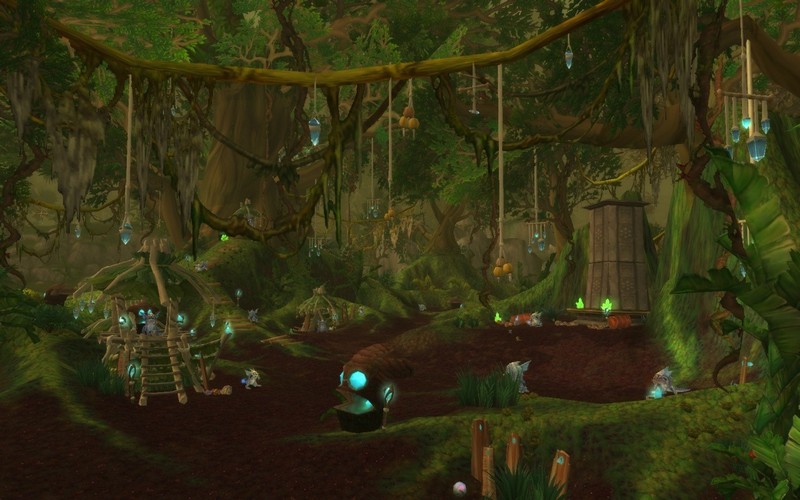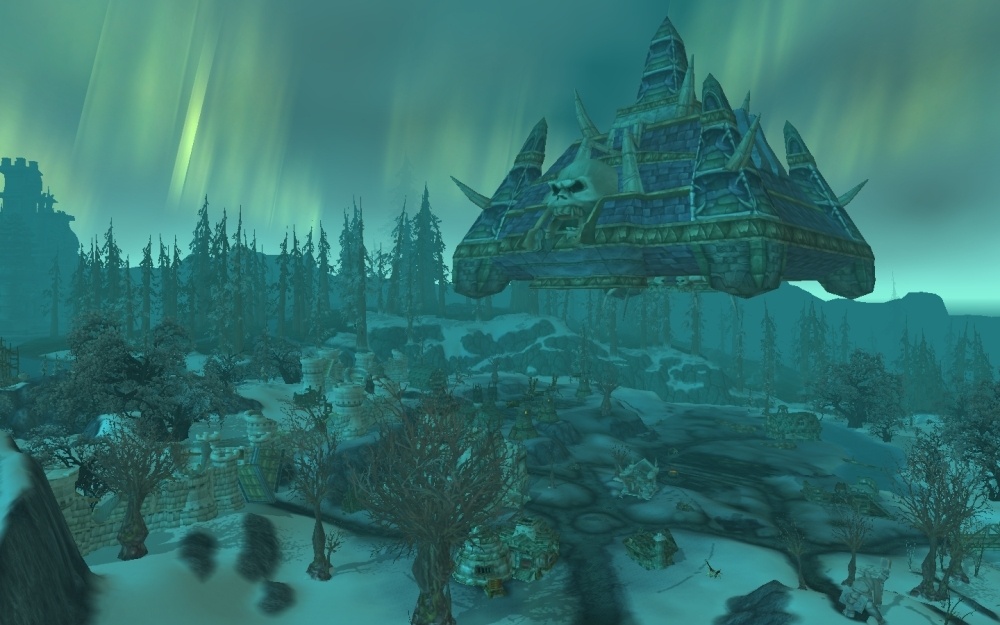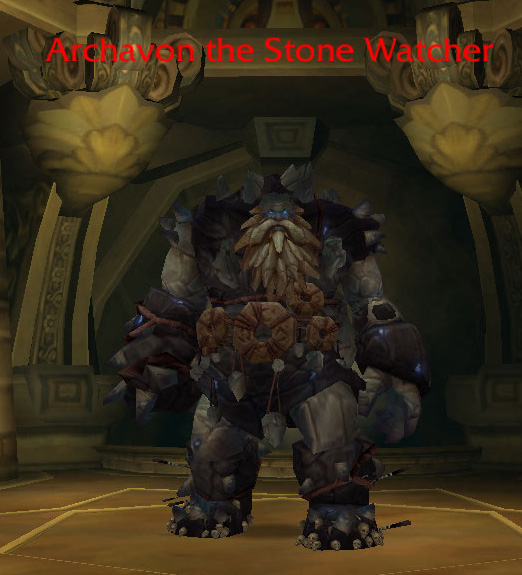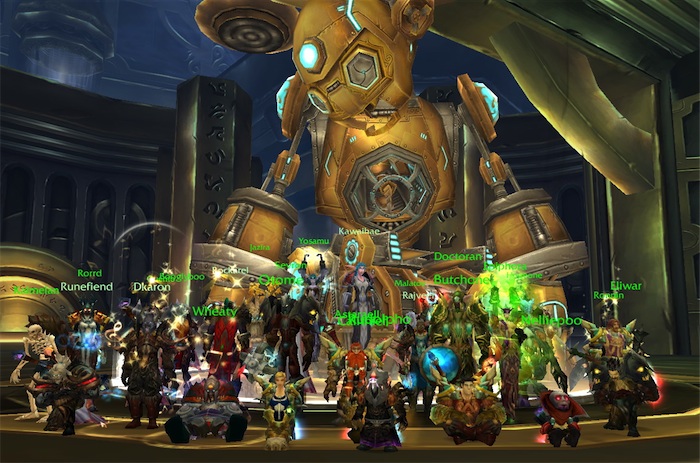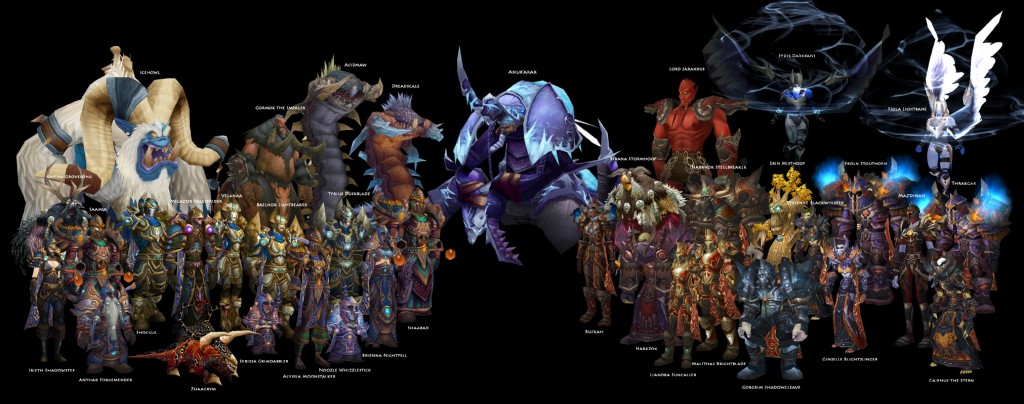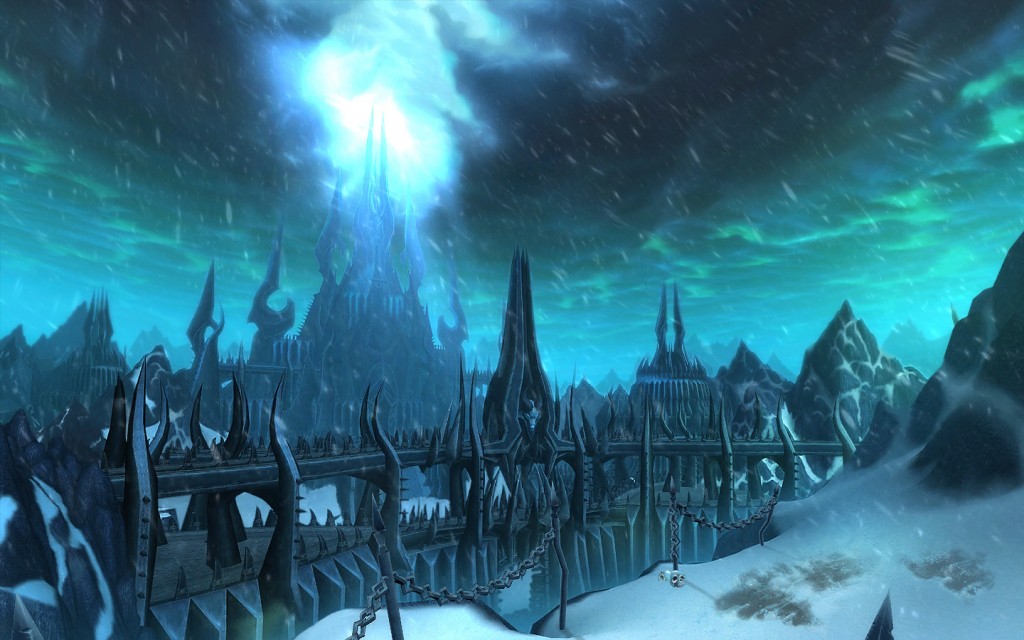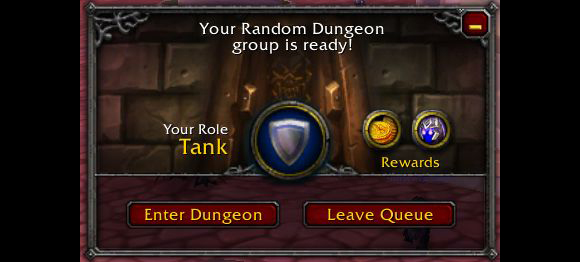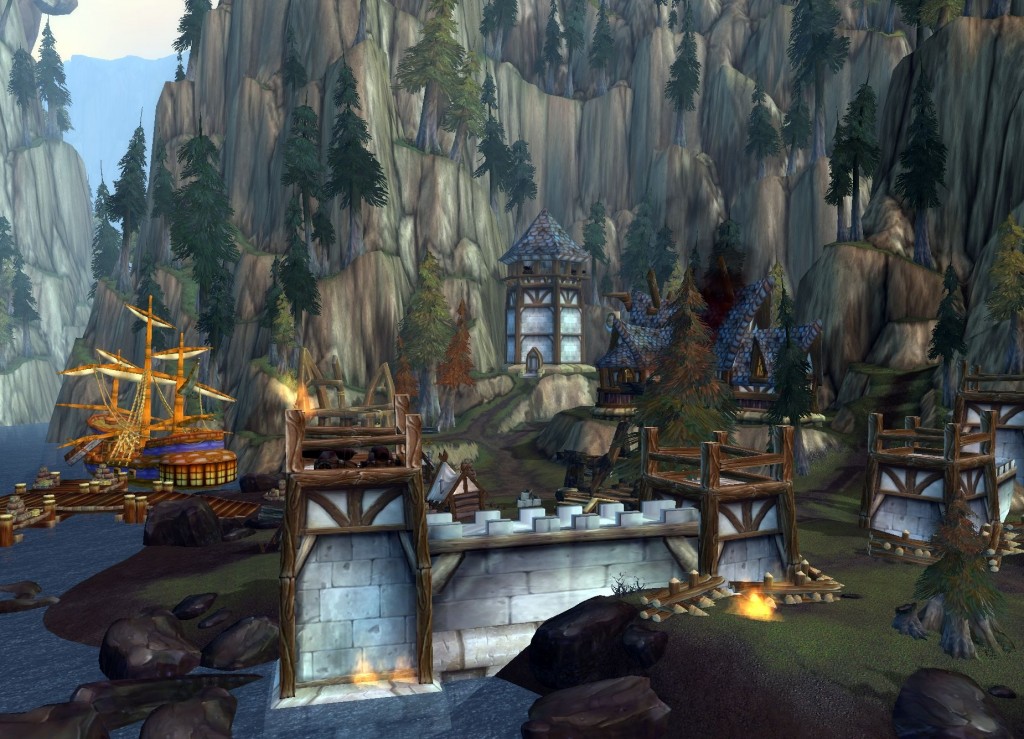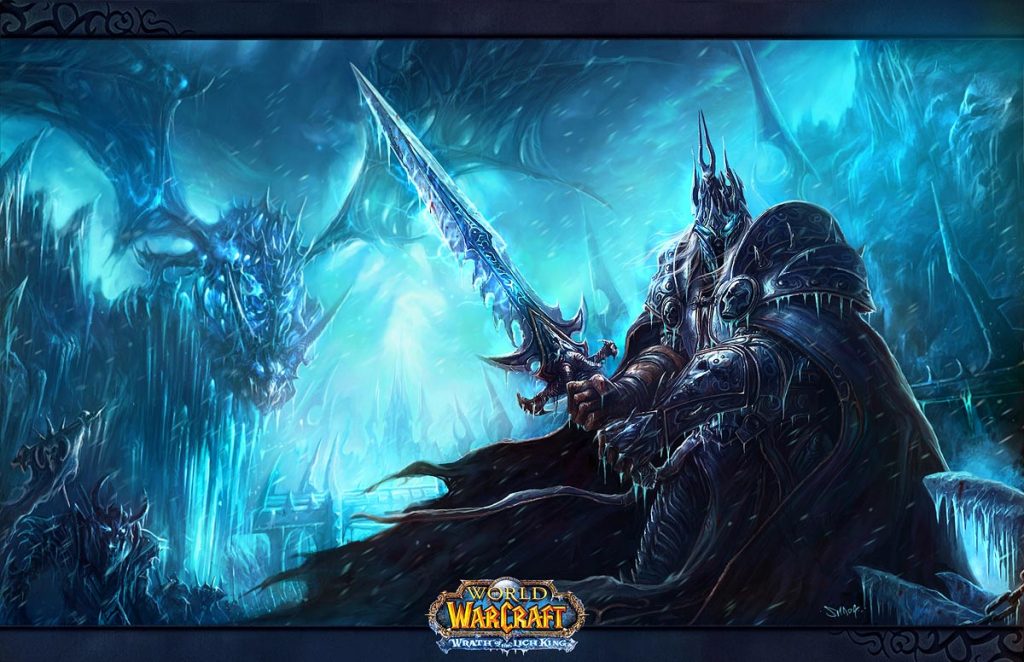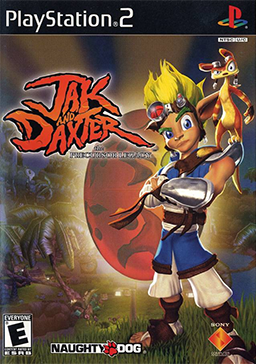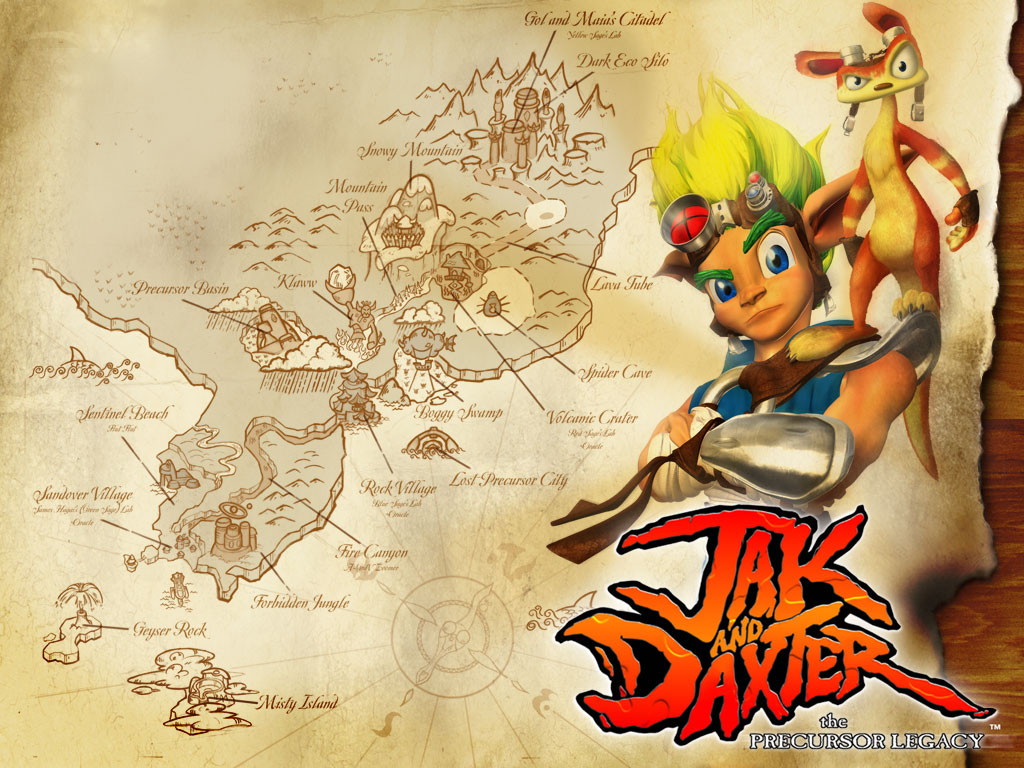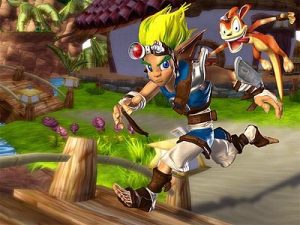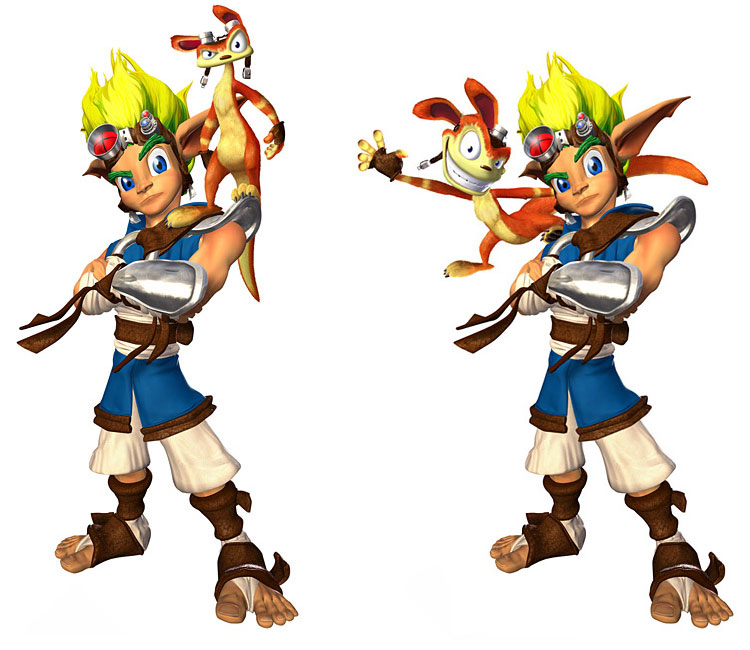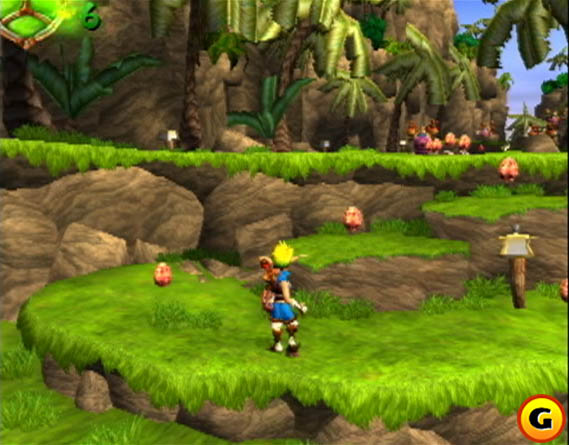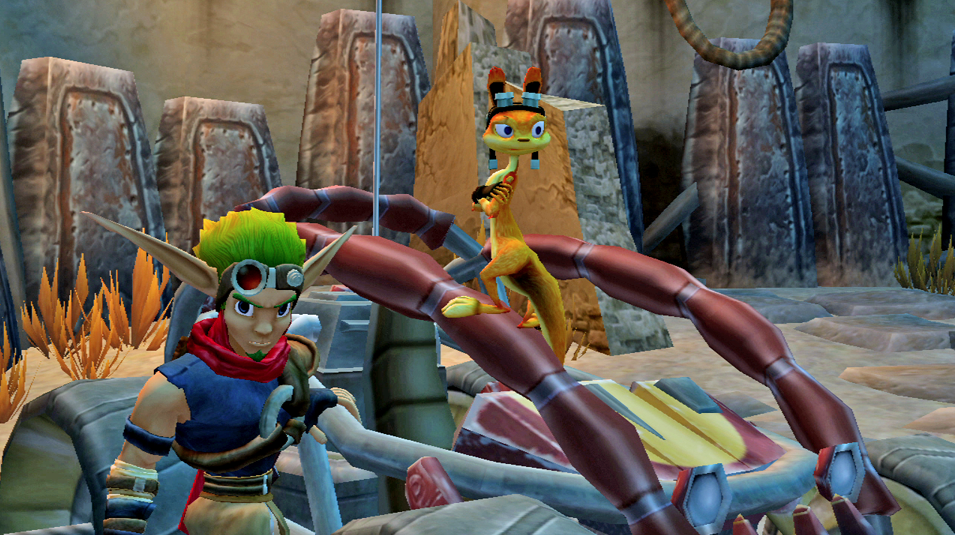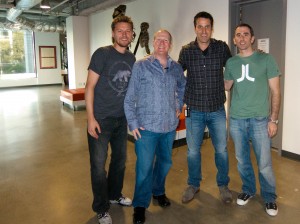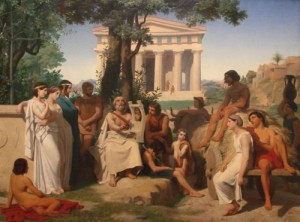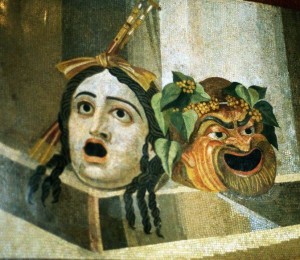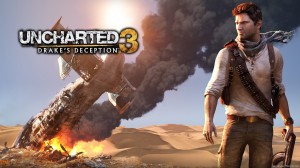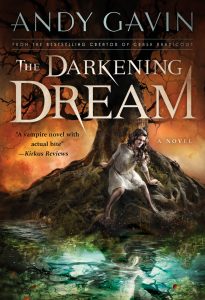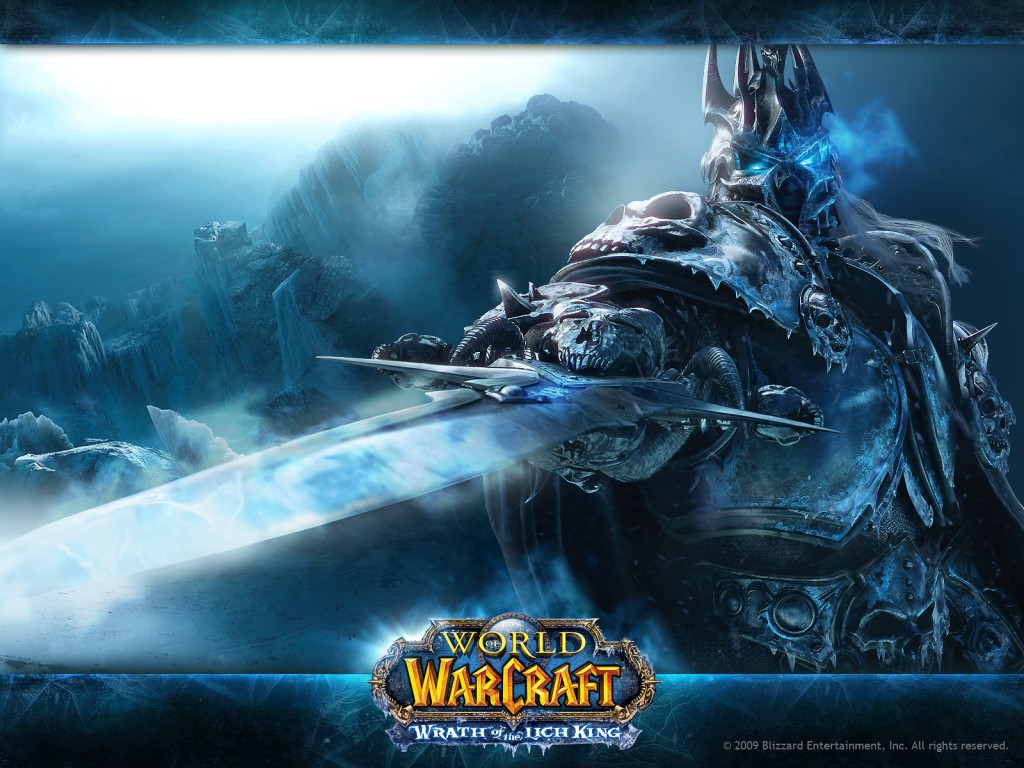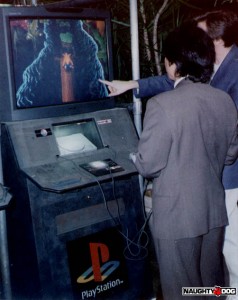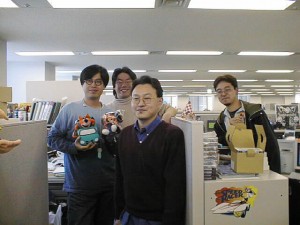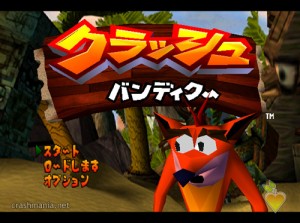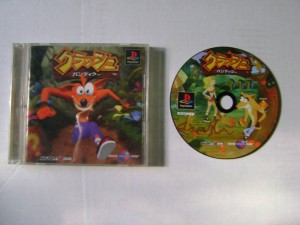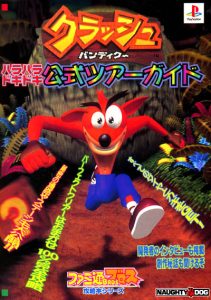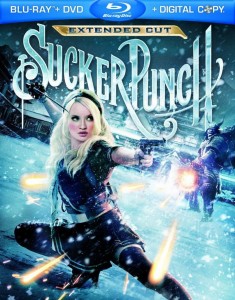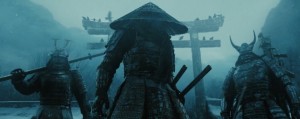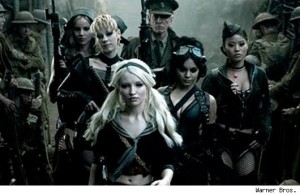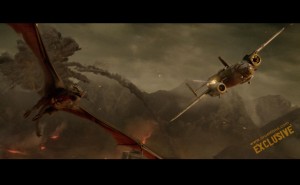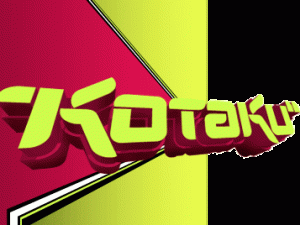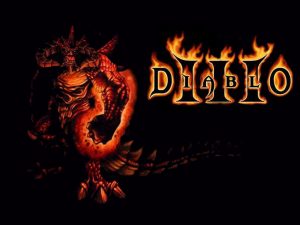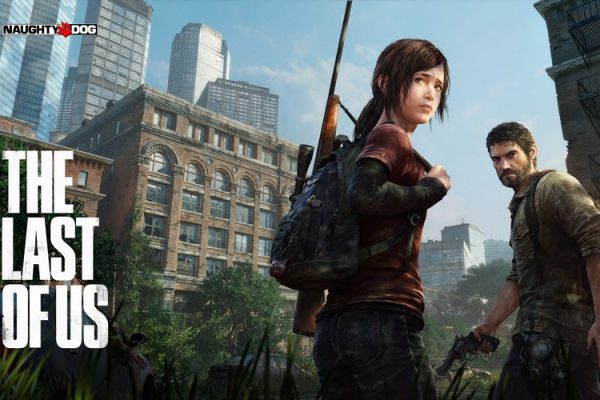Halloween and today’s Sony announcements bring us more The Last of Us part II tease:
Definitely going for some seriously disturbing Walking Dead style violence. Although the clinician in me must make the observation that if you were hung twice by the neck by your body weight and you did manage to survive, you’d almost certainly have a crushed trachea for your trouble.
Any which way – can’t wait!
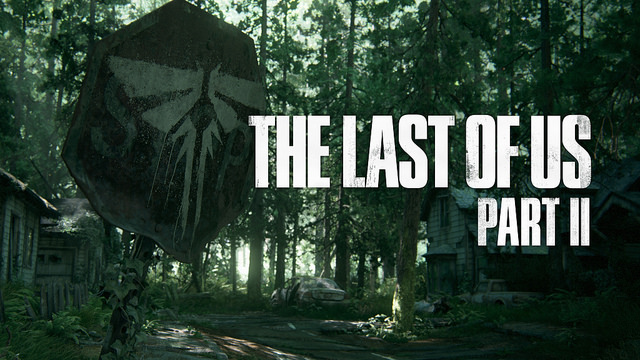

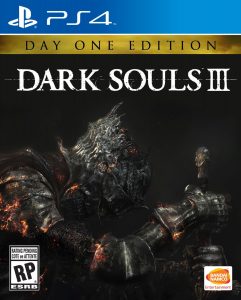
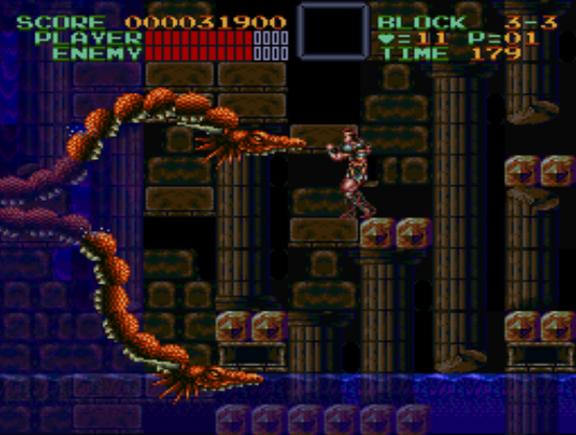
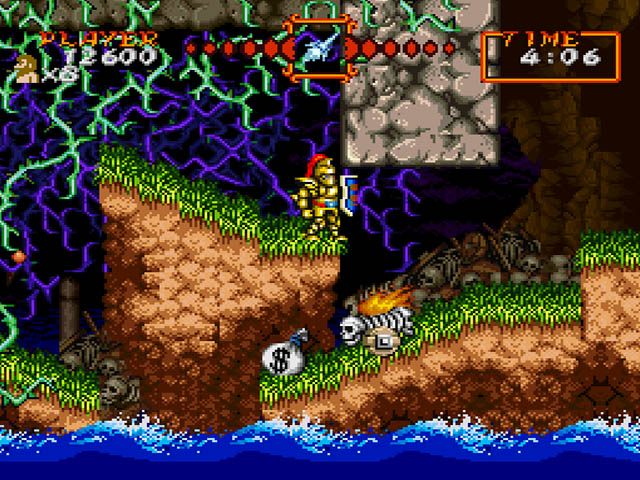
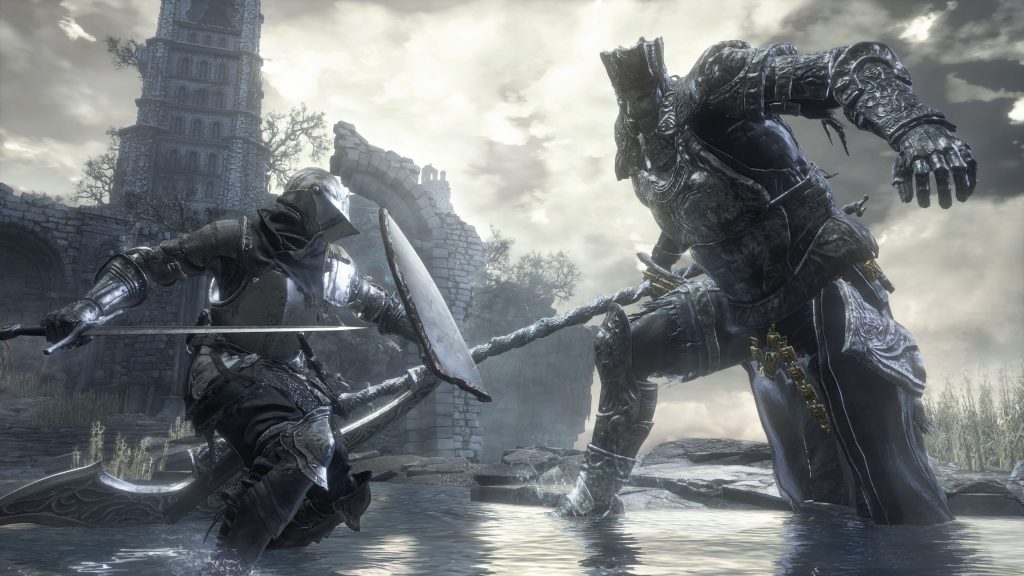 Graphics. Like BB, DS3 is a gorgeous stylized game. The art design is magnificent in its bleakly weird way. Giant vistas abound and strange unique shapes and distorted silhouettes. And although the engine (used by both games) seems perfectly competent, the art direction is more important than the tech. You just have to like dark and weird. Creatures with flowing forms, hidden eyes, and faces, weird mutations, and a generally ruined, graveyard, gothic sort of look. I’d give a slight nod to BB for uniform of graphical style and theme but a slight nod to DS3 for scale and awesome visual scope.
Graphics. Like BB, DS3 is a gorgeous stylized game. The art design is magnificent in its bleakly weird way. Giant vistas abound and strange unique shapes and distorted silhouettes. And although the engine (used by both games) seems perfectly competent, the art direction is more important than the tech. You just have to like dark and weird. Creatures with flowing forms, hidden eyes, and faces, weird mutations, and a generally ruined, graveyard, gothic sort of look. I’d give a slight nod to BB for uniform of graphical style and theme but a slight nod to DS3 for scale and awesome visual scope.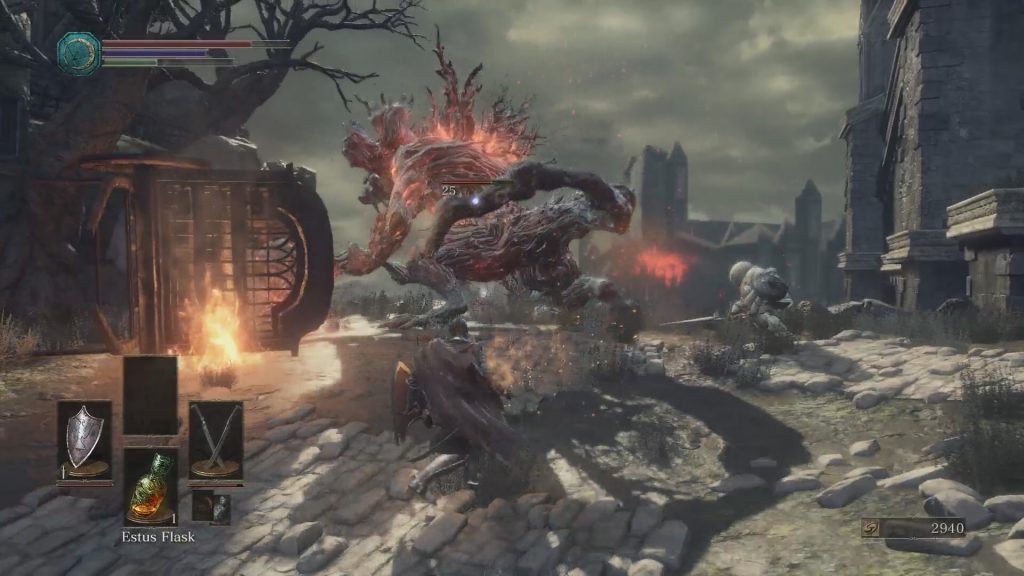 Gameplay. The broad strokes of the two games are nearly identical. You explore a interlinked world where levels fold back on each other. Monsters and death abounds. You fight through and die. And die. And die again. Eventually you may reach continue points (bonefires/lamps) or open up shortcuts that allow you to circumvent areas already explored. Item collection is persistent across death but experience (souls/blood) is lost on death, with a single chance at reclaiming it by fighting through to wherever you lost it. Souls/blood both serve has currency for leveling and item purchase. Weapons can be upgraded and fit with stones/gems.
Gameplay. The broad strokes of the two games are nearly identical. You explore a interlinked world where levels fold back on each other. Monsters and death abounds. You fight through and die. And die. And die again. Eventually you may reach continue points (bonefires/lamps) or open up shortcuts that allow you to circumvent areas already explored. Item collection is persistent across death but experience (souls/blood) is lost on death, with a single chance at reclaiming it by fighting through to wherever you lost it. Souls/blood both serve has currency for leveling and item purchase. Weapons can be upgraded and fit with stones/gems.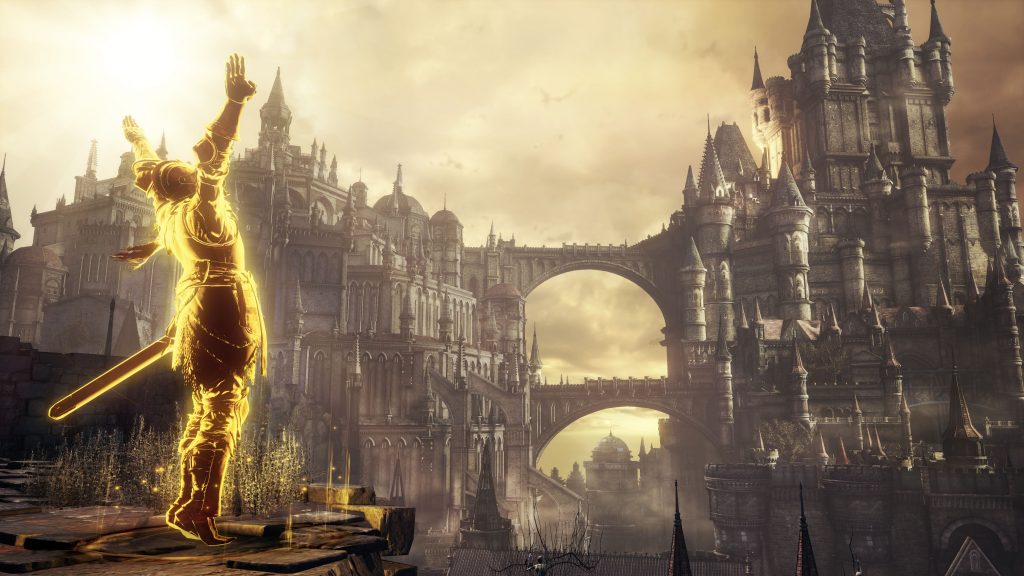 Story. Both games offer minimal and extremely mysterious story. Yet BB actually has boss intro scenes, substantially more cinematics, and even a few vignettes with multiple characters talking. That’s not to say that this fleshes out a single character, or offers even the slightest clarity as to their motivations, just that you see them introduced and they therefore have more “personality.” Definitely I liked this in BB. And the weirdness all fit together more weirdly, lending to a sense of more odd and mysterious goings on. Yet DS3‘s plot is even “grander” and more unknowable. Perhaps mostly because nothing makes any sense at all. Listen to the above intro trailer to get a taste. That’s not to say that lines like “The fire fades. And the Lords go without thrones” or “And so it is that ash seeketh embers” don’t give me goosebumps — no, I love them — but they don’t exactly make a lot of sense. Except perhaps if you have eyes growing inside your skull. Anyway, slight nod to BB for “plot” and “character” — if you can call it that.
Story. Both games offer minimal and extremely mysterious story. Yet BB actually has boss intro scenes, substantially more cinematics, and even a few vignettes with multiple characters talking. That’s not to say that this fleshes out a single character, or offers even the slightest clarity as to their motivations, just that you see them introduced and they therefore have more “personality.” Definitely I liked this in BB. And the weirdness all fit together more weirdly, lending to a sense of more odd and mysterious goings on. Yet DS3‘s plot is even “grander” and more unknowable. Perhaps mostly because nothing makes any sense at all. Listen to the above intro trailer to get a taste. That’s not to say that lines like “The fire fades. And the Lords go without thrones” or “And so it is that ash seeketh embers” don’t give me goosebumps — no, I love them — but they don’t exactly make a lot of sense. Except perhaps if you have eyes growing inside your skull. Anyway, slight nod to BB for “plot” and “character” — if you can call it that.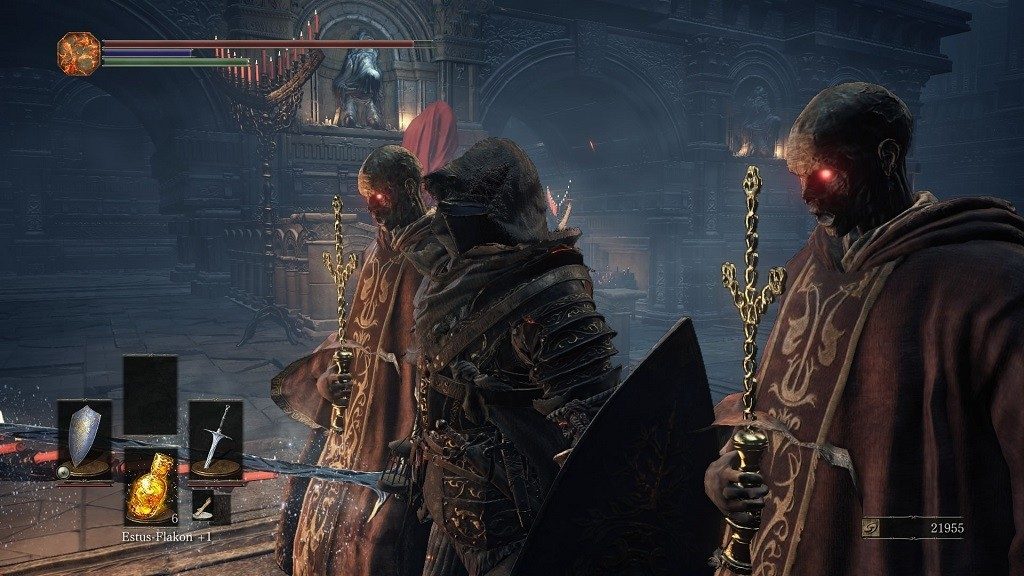 Gear. DS3 has a LOT more gear to collect than BB, but the emphasis is quite different. BB‘s armor is mostly leather or cloth and mostly cosmetic. Some have particular resists, but that’s about it. The weapons in that game are relatively few, but highly differentiated. There are two main types: trick weapon and firearm. In DS3 there is an enormous variety of both weapons and armor with four main weapon types: melee, talisman (for spell casting), bow, and shield. Supposedly all of the weapons are viable, but they aren’t necessarily highly differentiated as there are many similar ones. The armor tends to group into light, medium, and heavy. Unlike BB, weight is a meaningful factor in DS3. I personally went with fairly heavy armor, but it was unclear that the poise attribute (which is supposed to all for heavier armor to prevent you being staggered) was fully functional, or at least worth investing in. The weapons system does suffer from a touch of imbalance. Early on I got a Deep Axe which was fairly powerful, but not very upgradable. It took me a good while to find a weapon and upgrade it to a level where it surpassed this early stage find. It’s hard to know which gear to invest in. DS3 also has MUCH better boss gear rewards. Each boss gives you a soul which can be traded for a choice of two high power items, usually weapons. In DS3, there are a plethora of rings (you can wear 4 at once) that add additional powers. In BB these are replaced by runes (you can wear 3). They are fairly similar but the DS3 system is better in all ways. And overall, I’d give DS3 the win for gear, as it has more stuff and particularly more types of stuff with the shields and whatnot.
Gear. DS3 has a LOT more gear to collect than BB, but the emphasis is quite different. BB‘s armor is mostly leather or cloth and mostly cosmetic. Some have particular resists, but that’s about it. The weapons in that game are relatively few, but highly differentiated. There are two main types: trick weapon and firearm. In DS3 there is an enormous variety of both weapons and armor with four main weapon types: melee, talisman (for spell casting), bow, and shield. Supposedly all of the weapons are viable, but they aren’t necessarily highly differentiated as there are many similar ones. The armor tends to group into light, medium, and heavy. Unlike BB, weight is a meaningful factor in DS3. I personally went with fairly heavy armor, but it was unclear that the poise attribute (which is supposed to all for heavier armor to prevent you being staggered) was fully functional, or at least worth investing in. The weapons system does suffer from a touch of imbalance. Early on I got a Deep Axe which was fairly powerful, but not very upgradable. It took me a good while to find a weapon and upgrade it to a level where it surpassed this early stage find. It’s hard to know which gear to invest in. DS3 also has MUCH better boss gear rewards. Each boss gives you a soul which can be traded for a choice of two high power items, usually weapons. In DS3, there are a plethora of rings (you can wear 4 at once) that add additional powers. In BB these are replaced by runes (you can wear 3). They are fairly similar but the DS3 system is better in all ways. And overall, I’d give DS3 the win for gear, as it has more stuff and particularly more types of stuff with the shields and whatnot.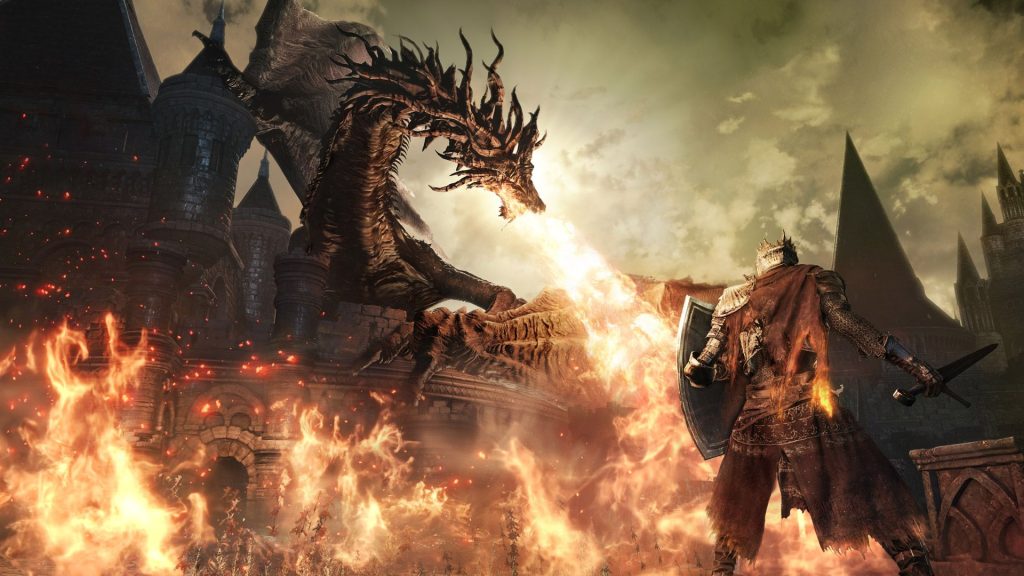 Other collectables and upgrades. In my opinion, as far as RPGs go, the more you can upgrade the better. DS3 allows you to upgrade both the number of flasks and their potency, which BB doesn’t do at all, so this is a big point in DS3‘s favor. It also has more random items and consumables. However, they generally seemed less useful than those in BB. Maybe this is due to BB’s slightly higher overall difficulty level (or just the fact that I got better at this sort of game between). There are lots of spells and whatnot which I didn’t experiment with. DS3 has the whole “ember” system by which you can spend this limited but reasonably available currency to gain max health until you die. I mostly used it for bosses. You need it for multiplayer. There is also the whole hollowing thing, which even as the Lord of Hollows I didn’t totally understand. Somehow dying hollows you out more, and you have less multiplayer ability when hollowed. This is a change from the much more brutal hollowing of Dark Souls where the game just got harder the more often you died.
Other collectables and upgrades. In my opinion, as far as RPGs go, the more you can upgrade the better. DS3 allows you to upgrade both the number of flasks and their potency, which BB doesn’t do at all, so this is a big point in DS3‘s favor. It also has more random items and consumables. However, they generally seemed less useful than those in BB. Maybe this is due to BB’s slightly higher overall difficulty level (or just the fact that I got better at this sort of game between). There are lots of spells and whatnot which I didn’t experiment with. DS3 has the whole “ember” system by which you can spend this limited but reasonably available currency to gain max health until you die. I mostly used it for bosses. You need it for multiplayer. There is also the whole hollowing thing, which even as the Lord of Hollows I didn’t totally understand. Somehow dying hollows you out more, and you have less multiplayer ability when hollowed. This is a change from the much more brutal hollowing of Dark Souls where the game just got harder the more often you died.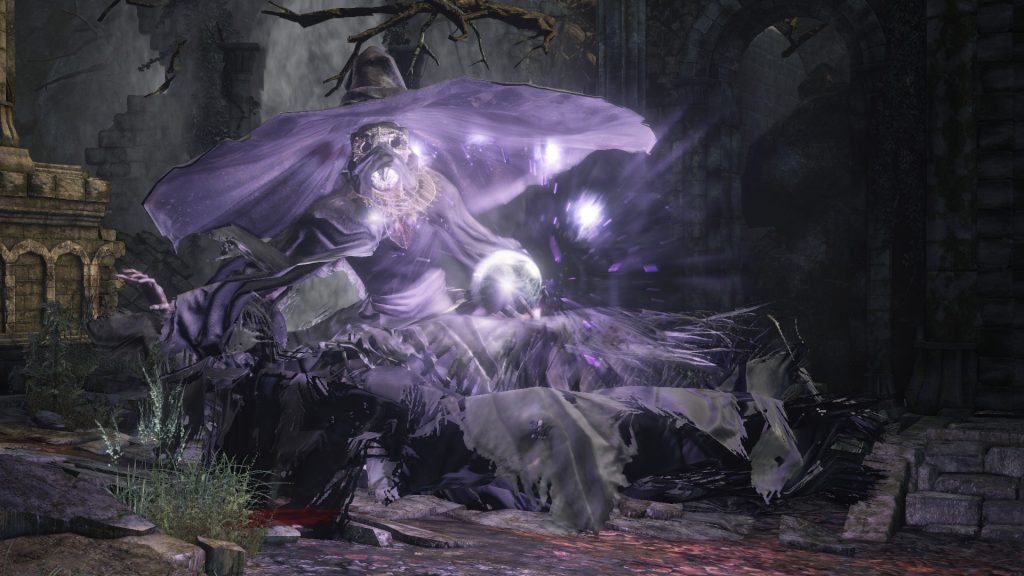 Classes and leveling Mechanics. Being an RPG, both of these games have means by which you level up and improve your characters. These are extremely similar but differ in subtle ways. BB has two currencies, blood and insight. Insight is earned mostly from bosses. Often you can buy the same things with both. Insight subtly changes the game’s look and play, which is very weird but cool. DS3 really just has the souls, which are almost exactly like blood. In both cases, you collect them like XP and can spend them for gear or to level up your character. Their persistence is similar in both games in that you lose them on dying, and have a single life afterward to try to retrieve them from the spot (in DS3) or spot/monster (in BB) where you lost them. This means that if you die with a decent number of points you really need to focus on retrieving them conservatively. If you get cocky during one of these missions you will often lose the batch and end up howling at the TV.
Classes and leveling Mechanics. Being an RPG, both of these games have means by which you level up and improve your characters. These are extremely similar but differ in subtle ways. BB has two currencies, blood and insight. Insight is earned mostly from bosses. Often you can buy the same things with both. Insight subtly changes the game’s look and play, which is very weird but cool. DS3 really just has the souls, which are almost exactly like blood. In both cases, you collect them like XP and can spend them for gear or to level up your character. Their persistence is similar in both games in that you lose them on dying, and have a single life afterward to try to retrieve them from the spot (in DS3) or spot/monster (in BB) where you lost them. This means that if you die with a decent number of points you really need to focus on retrieving them conservatively. If you get cocky during one of these missions you will often lose the batch and end up howling at the TV.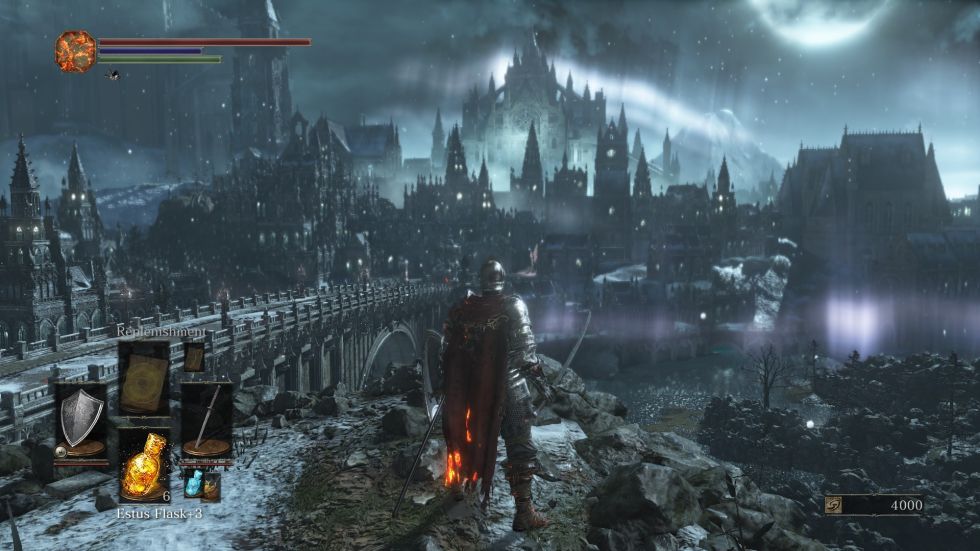 Level Design. DS3 has more levels, and somewhat larger than BB (particularly if you exclude the DLC). The levels are fabulous in both, but quality goes to DS3.
Level Design. DS3 has more levels, and somewhat larger than BB (particularly if you exclude the DLC). The levels are fabulous in both, but quality goes to DS3.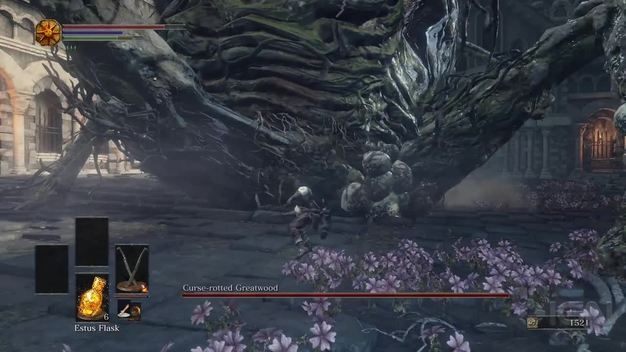
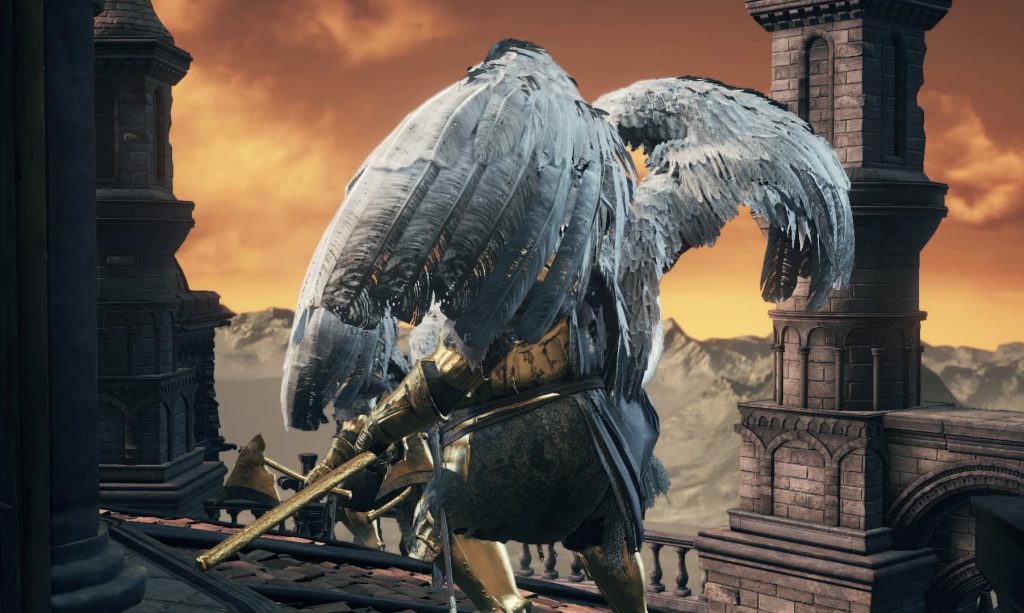 Balance. The sort of vague mysterious quality to both games makes for a somewhat diffuse balance. But that being said, the gameplay itself is intense and spectacular. Even though the bosses are huge and terrifying, or maybe because of it, I tend to prefer the levels. These are just awesome sauce and I also like the high level of challenge and the collecting and “upgrading.” These are just very satisfying games if you invest the time. BB felt a little tighter and more focused, but the increased scope of DS3 is fabulous too.
Balance. The sort of vague mysterious quality to both games makes for a somewhat diffuse balance. But that being said, the gameplay itself is intense and spectacular. Even though the bosses are huge and terrifying, or maybe because of it, I tend to prefer the levels. These are just awesome sauce and I also like the high level of challenge and the collecting and “upgrading.” These are just very satisfying games if you invest the time. BB felt a little tighter and more focused, but the increased scope of DS3 is fabulous too.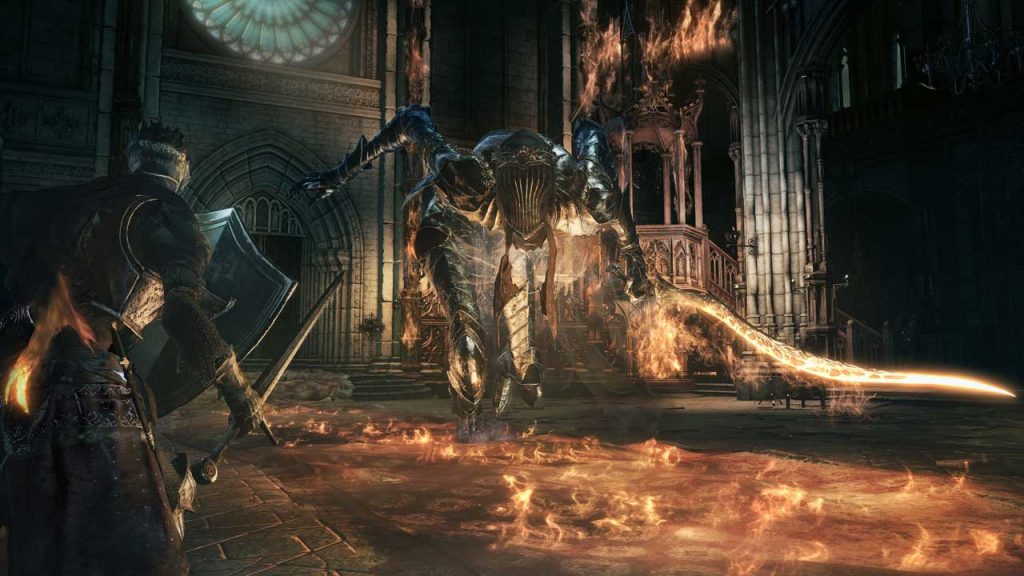 Overall, these are just some of my favorite games in recent years — true masterpieces. If you don’t mind your games hard (very very hard), and you like fantasy combat and aren’t easily creeped out, you must play them.
Overall, these are just some of my favorite games in recent years — true masterpieces. If you don’t mind your games hard (very very hard), and you like fantasy combat and aren’t easily creeped out, you must play them.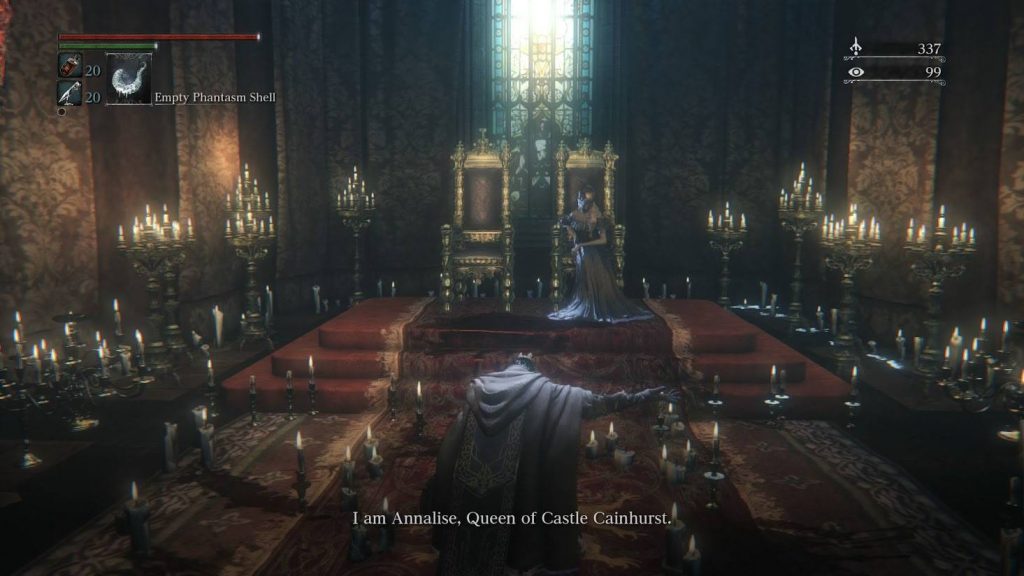
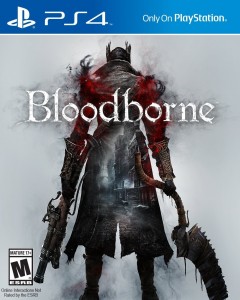
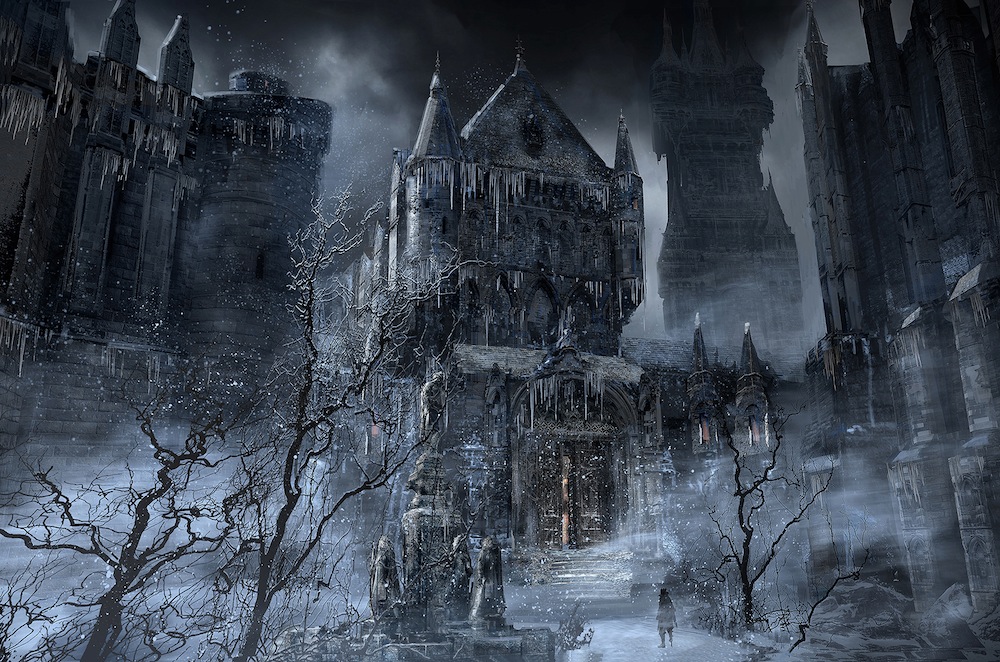 It’s just so deliciously creepy and mythological. Really. Dark Souls has a cool world feel and mythology, and there is significant overlap, but Bloodborne really takes it all to the next level, elevating itself above mere video game (and it rocks in that department) to become a genuine work of art. Surely no chipper happy landscape painting, but a dark broody bloody 1911 horror novel of a game.
It’s just so deliciously creepy and mythological. Really. Dark Souls has a cool world feel and mythology, and there is significant overlap, but Bloodborne really takes it all to the next level, elevating itself above mere video game (and it rocks in that department) to become a genuine work of art. Surely no chipper happy landscape painting, but a dark broody bloody 1911 horror novel of a game.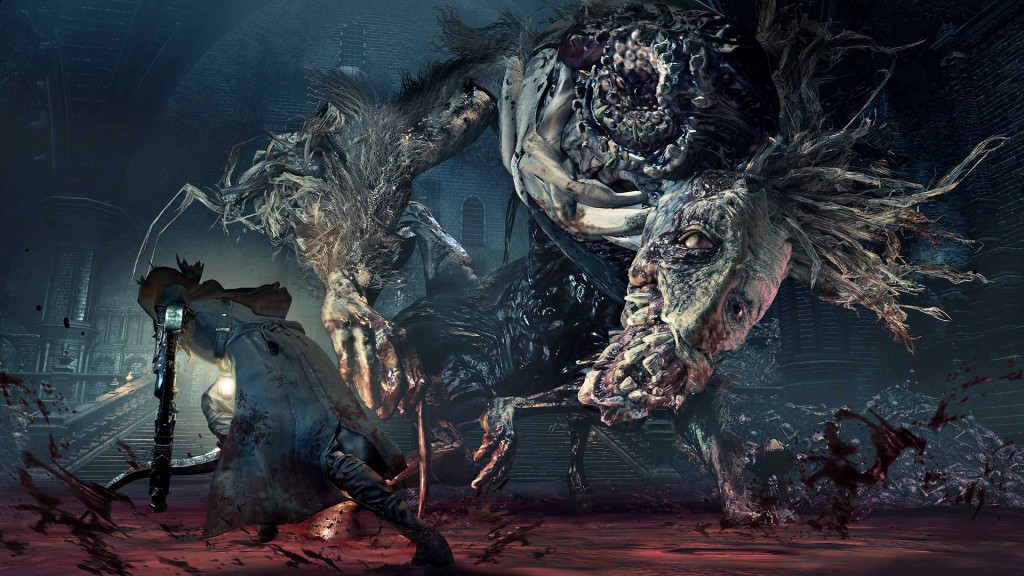 Which brings us to more fantastic points about Bloodborne, the gameplay. The sneaking around and the combat is really quite excellent. It’s extremely difficult, and very skill oriented, particularly the many many varied bosses. But the mechanics are intensely visceral and satisfying. The combinations of feel, exceptional animation, physics/collision driven hand to hand, and amazing art and sound design all serve to enhance the effect. Every strike is satisfying.
Which brings us to more fantastic points about Bloodborne, the gameplay. The sneaking around and the combat is really quite excellent. It’s extremely difficult, and very skill oriented, particularly the many many varied bosses. But the mechanics are intensely visceral and satisfying. The combinations of feel, exceptional animation, physics/collision driven hand to hand, and amazing art and sound design all serve to enhance the effect. Every strike is satisfying.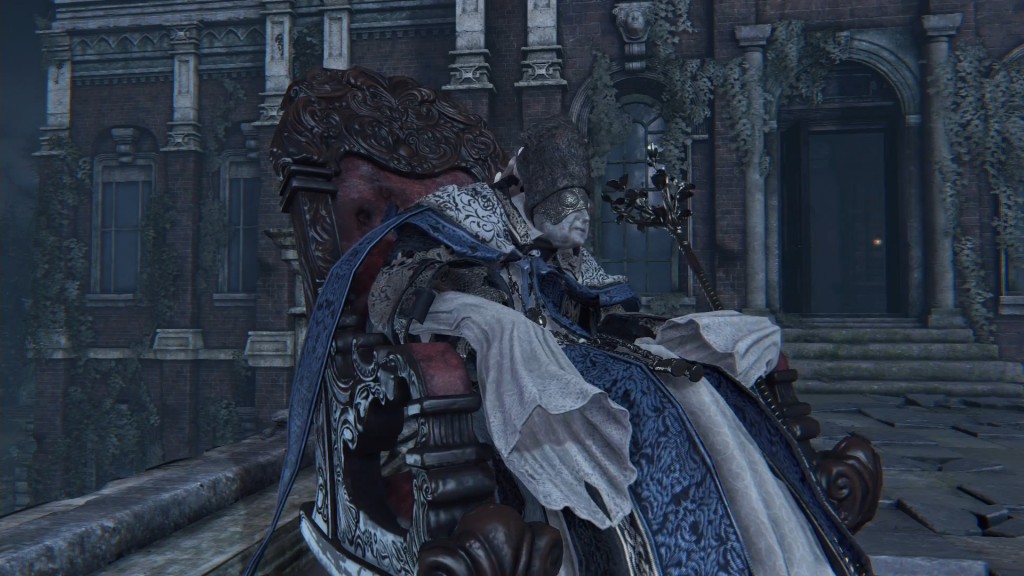 The meta game is excellent too. At first I though it cryptic and the investments of blood echoes into levels of little apparent goal. However, I found that Bloodborne is actually a satisfyingly easy game to grind. Having trouble with a boss? Well, there are two options: read up on strategy and practice, or level up and practice — actually, you pretty much have to do both. The game doesn’t discourage a bit of grinding, and rarely makes it take that long. Plus the combat is so satisfying that even killing a room full of monsters over and over again is fun. 15 minutes of grinding will often earn you a level or two. Grinding up weapon upgrade “stones” and gems works pretty well too.
The meta game is excellent too. At first I though it cryptic and the investments of blood echoes into levels of little apparent goal. However, I found that Bloodborne is actually a satisfyingly easy game to grind. Having trouble with a boss? Well, there are two options: read up on strategy and practice, or level up and practice — actually, you pretty much have to do both. The game doesn’t discourage a bit of grinding, and rarely makes it take that long. Plus the combat is so satisfying that even killing a room full of monsters over and over again is fun. 15 minutes of grinding will often earn you a level or two. Grinding up weapon upgrade “stones” and gems works pretty well too.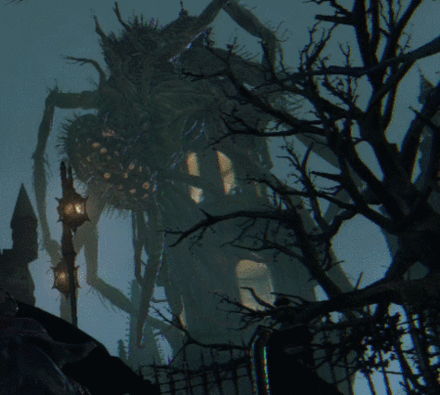
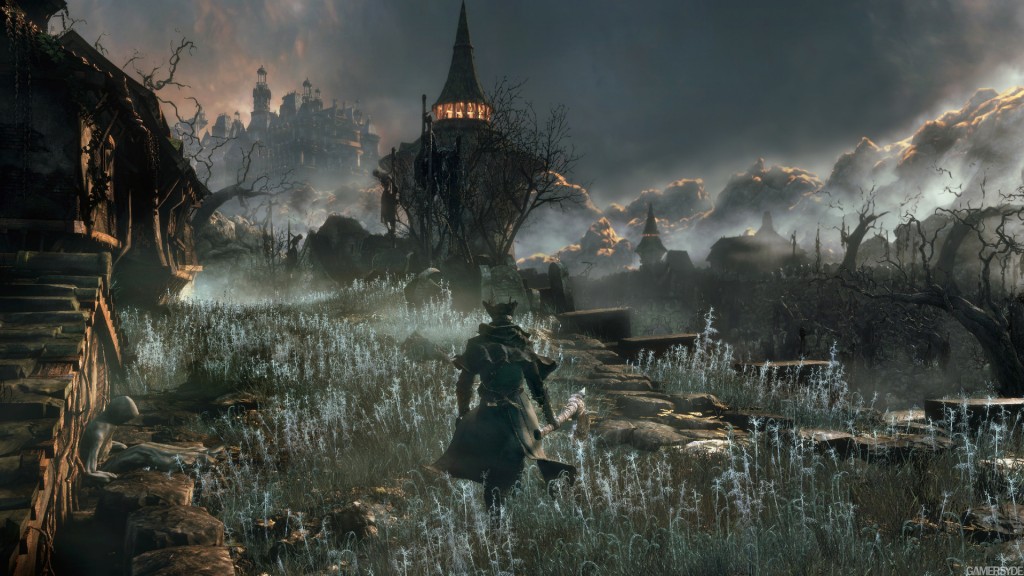 Let’s talk about atmosphere. Bloodborne is Japanese Gothic, with a kind of vaguely european, vaguely 18th or 19th century vibe. Creepy cities, leather, top hats, blunderbusses, werwolves, and all that. It’s a gorgeous gorgeous kind of dark game. Excellent and moody visuals and soundscape.
Let’s talk about atmosphere. Bloodborne is Japanese Gothic, with a kind of vaguely european, vaguely 18th or 19th century vibe. Creepy cities, leather, top hats, blunderbusses, werwolves, and all that. It’s a gorgeous gorgeous kind of dark game. Excellent and moody visuals and soundscape.